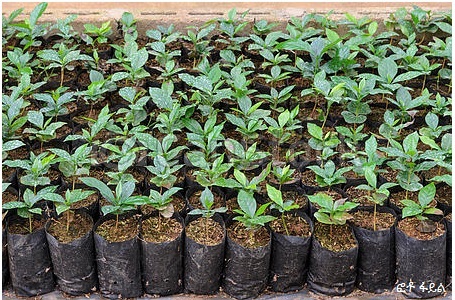Planting Saplings Contribute Huge Potential to Tackle Climate Change Impacts - ENA English
Planting Saplings Contribute Huge Potential to Tackle Climate Change Impacts

Addis Ababa September 4/2019 Ethiopia’s planting billions of saplings could fairly contribute in tackling impacts of climate change on the socio-economic life of the people, according to an official and expert.
State Minister of Water, Irrigation and Energy, Frehiwot Woldehanna, told ENA that as trees grow, they soak up and store the carbon dioxide that have been pumped into the environment and improve air quality and climate amelioration.
“So, basically trees are life,” the State Minister said, adding that “they improve the air quality we breath and balance climate change impacts.”
Trees are essential for the country’s hydroelectric-dominated power generation from its various hydro- dams, which faced fluctuations due to recurring climate change, he pointed out.
“Climate change causes rainfall variability and a decrease in rainfall means fluctuation of water volume in our hydroelectric dams. So, the presence of the trees helps to normalize or balance climate change impacts and it limits the heat that evaporates the reserved water enabling to receive sufficient rainfall through out the year,” he said.
However, as dams emit more greenhouse gases and methane, hydro-electric-dominated energy usage is not advisable and has its own disadvantages for the environment, he noted. “We are engaging in other alternative sources like solar and wind powers.”
The planting campaign is part of the 10 year roadmap, which is vital to human life and to balance climate change in the country, said Tefera Mengistu, UNDP Forest Sector Development Coordinator at Environment and Climate Change Commission.
“Ethiopia’s current forest coverage is at 15.5 percent. It was about 40 percent 50 years ago but declined to 4 percent at some time. However, the forest coverage has improved since 2010/11 due to consecutive campaigns and initiatives in the country. But the major increase from 4 to 15.5 in forest coverage came after the inclusion of dense lowland forests rather than plantings in high lands,” said Tefera efering to some reports.
The trees have collective positive influence in the whole life well-mentioning the landscape that makes real socio-economic impacts, he noted.
“This campaign is different from previous campaigns as citizens were mobilized and initiated through a leadership, more awareness was created and the distance covered to modernize the information is also unique,” he added.
However, early scheduling for preparations, conducting studies on saplings and ecological zones, institutionalizing the responsibility of the planting campaign need to be corrected and regular follow up of cultivation works are necessary, he pointed out.
“The preparation was done in a very short period of time, not being led institutionally and no study conducted to check ecological conduciveness for the saplings. Those need to be corrected next.”
Ethiopia is striving to restore 150,000 square kilometers of its degraded and deforested land by 2025, the country has joined the global movement toward forest landscape restoration through planting vast trees saplings.